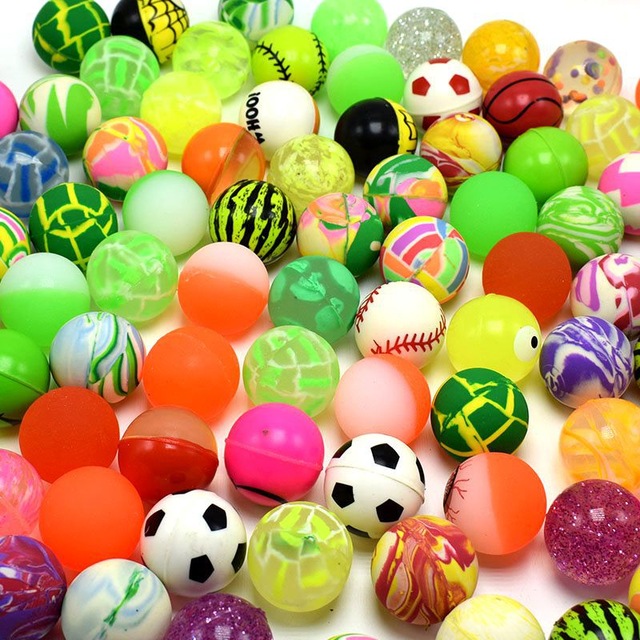
Rubber ball
The creation of a Rubber ball:
A Rubber ball consists of two half-spheres of rubber. These half-spheres were made from a mold and molten rubber.
The collage consists in sticking these two pieces together in a precise way, thus creating a sphere: the ball of tennis.

The pressure inside the ball
To pressurize the inside of Rubber balls (the pressure is around 2 bars), a chemical is spilled into the Rubber ball before gluing. This product will release a gas causing the pressure in the ball. The rubber is not waterproof; the gas escapes little by little from the Rubber ball.
As a result, most new balls are kept in pressurized tubes, thus preventing the ball from deflating. When you buy your Rubber balls and open the tube under pressure, the ball begins to deflate.
In addition, professional tennis players change their balls every nine games during competitive matches.
It should be noted that there are Rubber balls without pressure, with a thicker rubber, and whose life is longer, but these balls are quite rare.
Felting
With liquid glue, the yellow felt (formerly white) will cover the entire ball. It is the quality of this glue and felt that is largely responsible for the quality of the ball, and therefore the price of the jumping ball. In addition, the thickness of the felt covering the ball will make a ball is more or less fast and has a rebound more or less.
Precise dimensions
Manufacturers of Rubber balls must comply with the dimensions imposed by the International Tennis Federation: a ball must measure between 6.35 cm and 6.67 cm in diameter, for a weight between 56.7g and 58.5g.
Rubber balls with pressure
The Rubber balls with pressure are the most classic Rubber balls and are used in the majority of the competitions.
These bullets contain a gas whose pressure is higher than that of atmospheric pressure (about 2 bars of pressure), which is why they are called pressure balls. It is the maintenance of the pressure of this gas which guarantees the quality of the bounce of the ball.
Attention, Rubber balls with pressure can be used by all the players, provided that their level allows them to manage their vivacity and the height of their rebound.
Rubber balls without pressure
Non-pressure Rubber balls are balls whose rebound is not produced by pressurized gas, such as for pressure balls, but only by the properties of the rubber that make up the ball.
They will be more resistant than pressurized bullets, which wear out by losing the gas they contain.
These balls are heavier than the pressure balls, which is why they are less pleasant to play.
Be careful, if you have pain in your arm, change ball brand or go for pressure balls.

Intermediate bouncing balls
These balls, because of their lower pressure than conventional balls, are about 25% slower.
They are recommended for novice players who have trouble making a lot of exchanges.
The educational value of the intermediate balls lies in the fact that these balls are less bright and have a rebound lower than the balls having a normal pressure.
Mini jumping balls
With even lower pressure than intermediate bales, they are about 50% slower than conventional bales.
They also bounce less than conventional and intermediate Rubber balls.
These balls are intended for children who practice mini-tennis (5-6 years) but they can be used up to 8 years.
Foam bouncing balls
Compared to conventional Rubber balls, foam Rubber balls are about 75% slower.
On the other hand, the diameter of these balls is larger than that of conventional balls, it is about 7 cm.
These balls have a very low rebound and have no vivacity, which allows hitting hard without fearing that the ball goes too far.